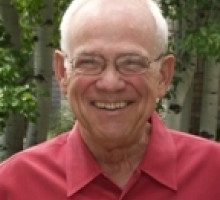
Reviews
Certain to be a classic in the field and should be in every gerontologist's personal library.
The wealth of information and the careful consideration of theory development make it invaluable.
A celebration of the distinguished career of one of the major figures in gerontology. I highly recommend and encourage its adoption in advanced undergraduate and graduate gerontology courses.
Atchley's presentation of the material is well organized, and the book as a whole is written in a very accessible, sometimes even homespun style.
Book Details
Preface
Acknowledgments
1. Continuity Theory
2. How Did Continuity Theory Arise?
3. Continuity Theory as Theory
4. Elements of Continuity Theory
5. Income Adequacy
6. Goals for Developmental Direction
A
Preface
Acknowledgments
1. Continuity Theory
2. How Did Continuity Theory Arise?
3. Continuity Theory as Theory
4. Elements of Continuity Theory
5. Income Adequacy
6. Goals for Developmental Direction
A. Tables
B. The Ohio Longitudinal Study of Aging and Adaptation
C. The 1995 Study Questionnaire
D. Worksheets Used to Examine Longitudinal Patterns
References
Index






